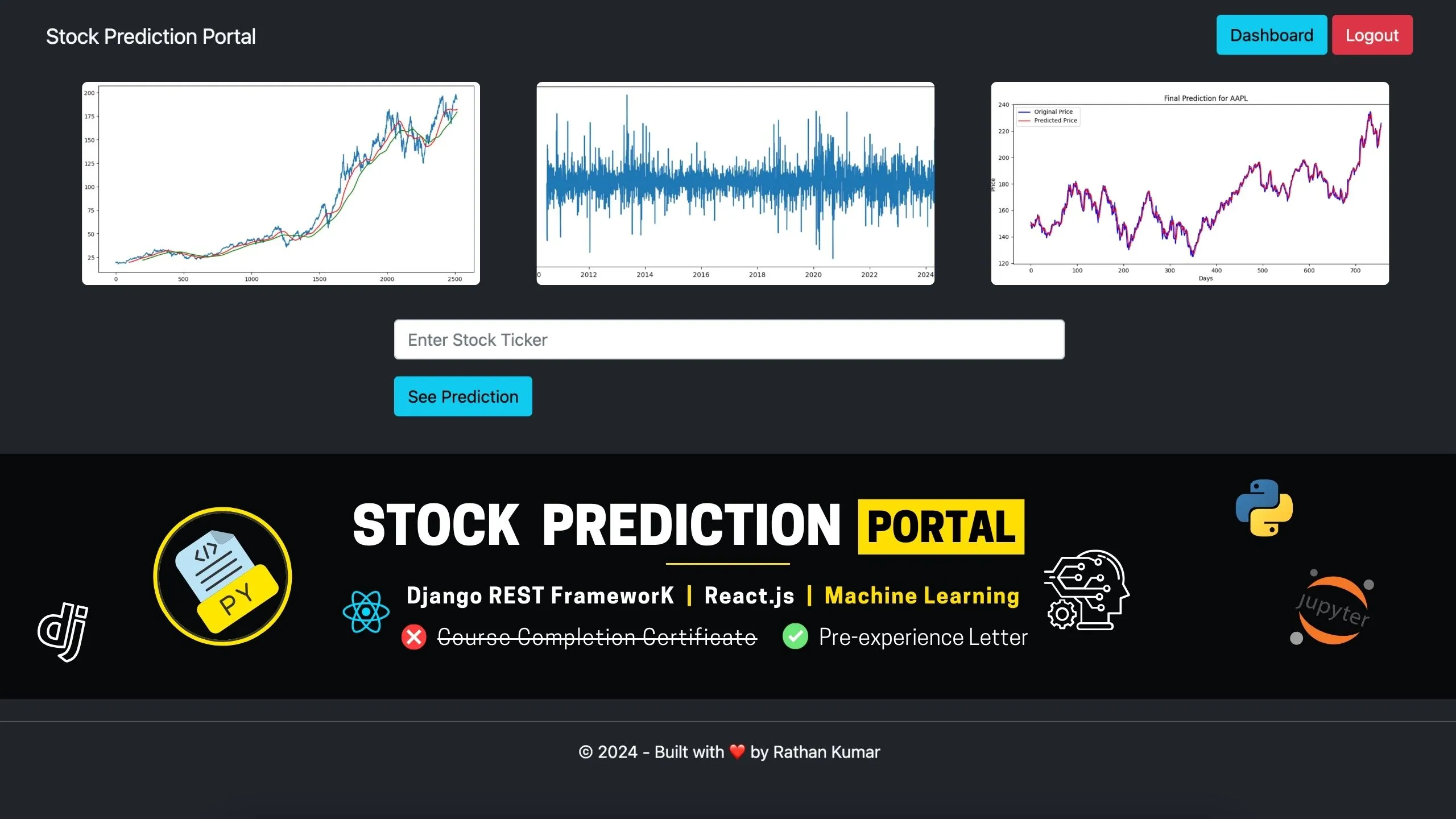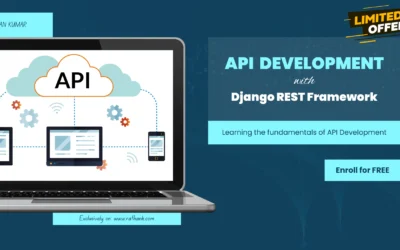Introduction
In the dynamic world of web development, Python continues to shine as a powerful programming language that empowers developers to create robust and scalable web applications. With its versatility, extensive libraries, and active community support, Python web development remains a dominant force in 2023. In this blog, we will delve into the reasons why Python web development is a force to be reckoned with in the current landscape.

1. Easy and Readable Syntax
Python’s simplicity and readability make it a favorite among developers. It’s clean syntax and indentation-based block structure allows developers to write clear and concise code. This simplicity not only enhances productivity but also makes the code easier to maintain and debug. In the competitive world of web development, Python’s ease of use gives it a significant advantage.
2. Extensive Web Frameworks
Python boasts a plethora of powerful web frameworks such as Django, Flask, and Pyramid, which provide developers with a solid foundation to build web applications efficiently. Django, for instance, offers a complete and well-organized framework, enabling rapid development and scalability. Flask, on the other hand, is a lightweight micro-framework that allows developers to create simple yet robust web applications. These frameworks provide ready-to-use modules, security features, and excellent documentation, reducing development time and effort.
3. Abundance of Libraries and Packages
Python’s expansive ecosystem of libraries and packages makes it a go-to choice for web development. Whether it’s data manipulation, machine learning, or data visualization, Python offers specialized libraries such as NumPy, Pandas, and Matplotlib. The availability of these libraries allows developers to leverage existing tools and accelerate development without reinventing the wheel. Furthermore, with the emergence of new libraries tailored for web development, Python remains at the forefront of technological advancements.
4. Scalability and Performance
Python’s performance has improved significantly in recent years. The introduction of advanced technologies like PyPy and Just-In-Time (JIT) compilation has made Python faster and more efficient, narrowing the performance gap with other languages. Additionally, Python’s ability to seamlessly integrate with other languages like C and C++ enables developers to optimize critical sections of code, further enhancing performance. As a result, Python can handle high-traffic web applications and scale with ease.
5. Strong Community Support
Python’s success in web development is attributed, in part, to its vibrant and supportive community. The Python community is vast and passionate, continually developing new libraries, frameworks, and tools. Developers can seek assistance from online forums, participate in open-source projects, and access a wealth of learning resources. The collaborative nature of the community ensures that Python remains at the cutting edge of web development technologies.
6. Integration and Versatility
Python’s versatility is a key factor in its success. It seamlessly integrates with various technologies and platforms, allowing developers to integrate APIs, connect databases, and build cross-platform applications effortlessly. Python’s compatibility with emerging technologies like AI, IoT, and data science further expands its potential in web development. Its versatility makes Python an ideal choice for diverse projects, from small-scale startups to large enterprises.
Conclusion
In the ever-evolving world of web development, Python continues to assert its dominance and evolve with the times. With its easy syntax, powerful frameworks, extensive libraries, scalability, and supportive community, Python web development remains a force to be reckoned with in 2023. Embracing Python unlocks a world of possibilities, enabling developers to create powerful, secure, and scalable web applications that meet the demands of the modern digital landscape.








